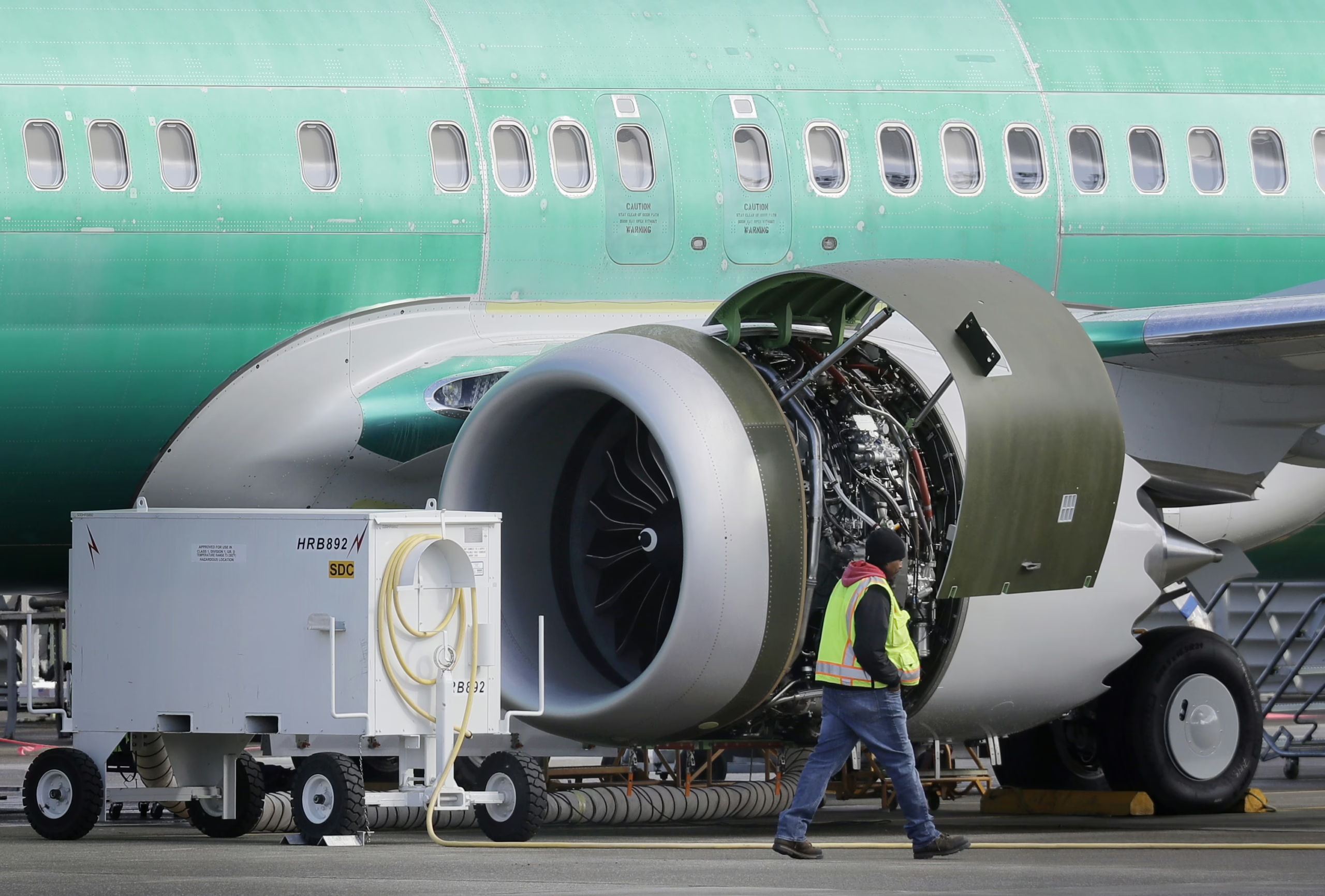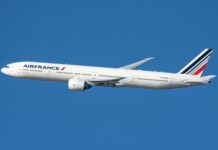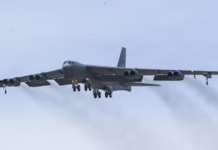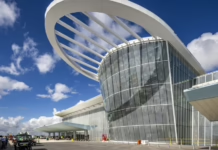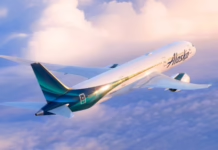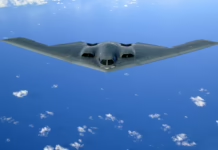After years of engineering work, Boeing finalizes critical fix for engine system that has held up MAX 7 and MAX 10 certification, with deliveries now targeted for 2026.
Boeing has completed the design and engineering of a new engine anti-ice system for the 737 MAX, marking a major step toward Federal Aviation Administration certification of two delayed aircraft variants that have been held back from certification by the technical issue for years.
The company is now working with the FAA to define a certification plan for the redesigned system, which will be installed on new 737 MAX deliveries from the factory and retrofitted to existing aircraft, according to Aviation Week. The development primarily affects the long-delayed 737 MAX 7 and 737 MAX 10 variants, which have been unable to secure FAA approval due to concerns about the engine anti-ice system.
During icing conditions, the engine anti-ice system directs heated air into the inlet cowl to prevent ice buildup on the engine. However, testing revealed that under prolonged use, the composite structure of the nacelle could be vulnerable to thermal damage. The issue is particularly significant because the system is manually operated on the 737 MAX, and Boeing designs the nacelle, making the company responsible for addressing the problem.
Boeing spent years evaluating various design solutions before finalizing its current proposal. Speaking at the Dubai Airshow on Wednesday, Boeing Commercial Airplanes President and CEO Stephanie Pope said, “We’ve spent thousands of hours getting that design done. Now it’s defining the certification plan, getting the FAA to accept that certification plan.”
The redesign has minimal impact on the 737 MAX 8 and MAX 9 variants already in production, though Boeing has developed in-service limitations for those models until they can be retrofitted. The MAX 8 remains the flagship of the 737 MAX family, while the MAX 9 is currently being delivered to customers.
The MAX 7 variant has received more than 300 orders, primarily from Southwest Airlines, which remains Boeing’s largest and most loyal 737 customer. However, the aircraft is priced lower than other family members and will generate smaller profit margins for Boeing.
The MAX 10 represents a more critical business priority for the manufacturer. With economics rivaling the popular Airbus A321neo, the MAX 10 has secured more than 1,200 orders since its launch eight years ago. The variant is designed to compete directly with the A321neo, which has accumulated over 7,000 orders and is the most widely ordered jet-powered airliner variant of all time.
WestJet currently expects to receive its first 737 MAX 10 delivery in late 2026, assuming Boeing successfully navigates the FAA certification process. After the FAA reviews and either approves or requests modifications to the new anti-ice system, the agency can proceed with certifying the MAX 7 and MAX 10 variants.
The completion of the anti-ice system design comes at a crucial time for Boeing as it seeks to strengthen its position in the narrowbody aircraft market, where Airbus has maintained a significant advantage with the A321neo family. Once the MAX 10 enters service and proves its operational economics, industry analysts expect additional orders to follow.
Boeing is currently negotiating with the FAA to develop a comprehensive certification plan that will satisfy the agency’s safety requirements before the new system receives final approval.

Key Takeaways
- Boeing has finished designing a new engine anti-ice system for the 737 MAX after thousands of hours of engineering work to address thermal damage concerns in composite nacelle structures.
- The redesign clears the path for FAA certification of the delayed 737 MAX 7 and MAX 10 variants, with first deliveries now expected in late 2026.
- The MAX 10, with over 1,200 orders and economics rivaling the Airbus A321neo, represents Boeing’s most important narrowbody project as it competes against Airbus’s dominant position in the larger single-aisle market.
- Southwest Airlines stands to benefit most from the MAX 7 certification, having ordered more than 300 of the aircraft, while the in-production MAX 8 and MAX 9 will require retrofits of the new system.


